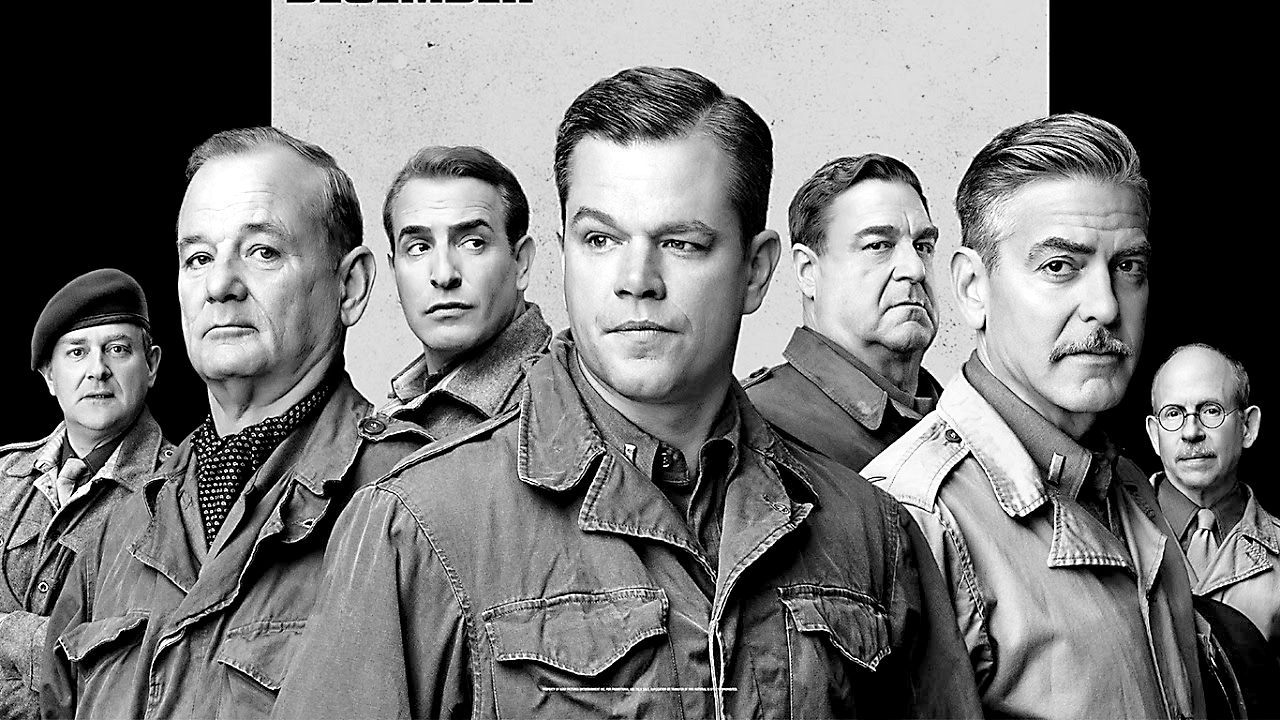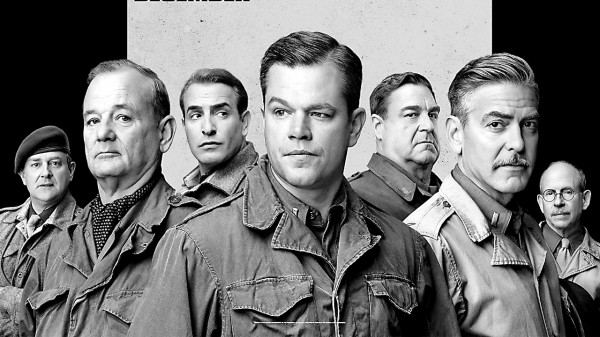
If you are expecting an adrenaline-pumping, high-octane action flick, “The Monuments Men” is not the movie for you. However, if you prefer films that tell stories about things that really matter, hurry to the theater to experience this monumental motion picture.
This is the story of a group of soldiers who travel throughout Europe near the end of World War II in hopes of finding works of art stolen by the Nazis. These soldiers, however, are not the military elite. They are the artistic elite.
Painters, museum curators, architects and art lovers, these men are not just trying to recover stolen artistic artifacts, they are trying to prevent the Nazis from destroying them. In essence, their mission is to recover and return the artwork, thereby saving the historical cultural identities of a continent.
Led by Frank Stokes (George Clooney), the monument’s men (comprised of too many big names to drop here) trek across Europe, braving dangers never faced by contemporary artists. They have to overcome opposition from unrelenting U.S. army officers, distrusting French resistance movement personnel and, of course, the Nazis.
In addition to starring in the film, George Clooney is also the director. As director, Clooney wisely surrounds himself with a cast and crew of people who are better than he is at what they do. This frees Clooney to focus on the performances of the actors and the narrative of the story. This is a good thing because what makes “The Monuments Men” such a good movie is the narrative told through the actors’ performances.

Speaking of which, this cast, recruited in much the same way as their respective characters, is the heart and soul of the film. The ensemble nature of the cast reflects the harmony with which military units are supposed to operate.
Unlike most ensembles, though, the cast doesn’t spend a lot of time together. And even though the characters are frequently separated by different objectives, their common goal remains the same. In fact, it is the separation of the cast into character pairings that make the performances work so extremely well.
Richard Campbell (Bill Murray) and Preston Savitz (Bob Balaban) knew each other before the formation of the monument’s men, which brings an immediate trust and friendly dynamic to their relationship as soldiers. Walter Garfield (John Goodman) and Jean Claude Clermont (Jean Dujardin) are complete strangers to each other. Garfield is American and Clermont is French, but they are able to develop a strong bond because they both have families at home and they look out for one another in hopes of making sure that the other gets home safely to his family.
Not only does “The Monuments Men” give an inside look into the psyche of artists turned soldiers, but it also provides some insight into the art history and cultural history of World War II. The film shows that not all Germans were Nazi’s and that not all Nazi’s were German. This small history lesson does much to explain why many historians perceive the post-war reparations required by England and France were very “heavy handed.”
In the end, the monuments men saved over five million works of art, representing hundreds of years of cultural identity and prevented the cultural extinction of the Jews to the same degree that the Allies prevented the physical extinction of the Jews.
GRADE: B+
